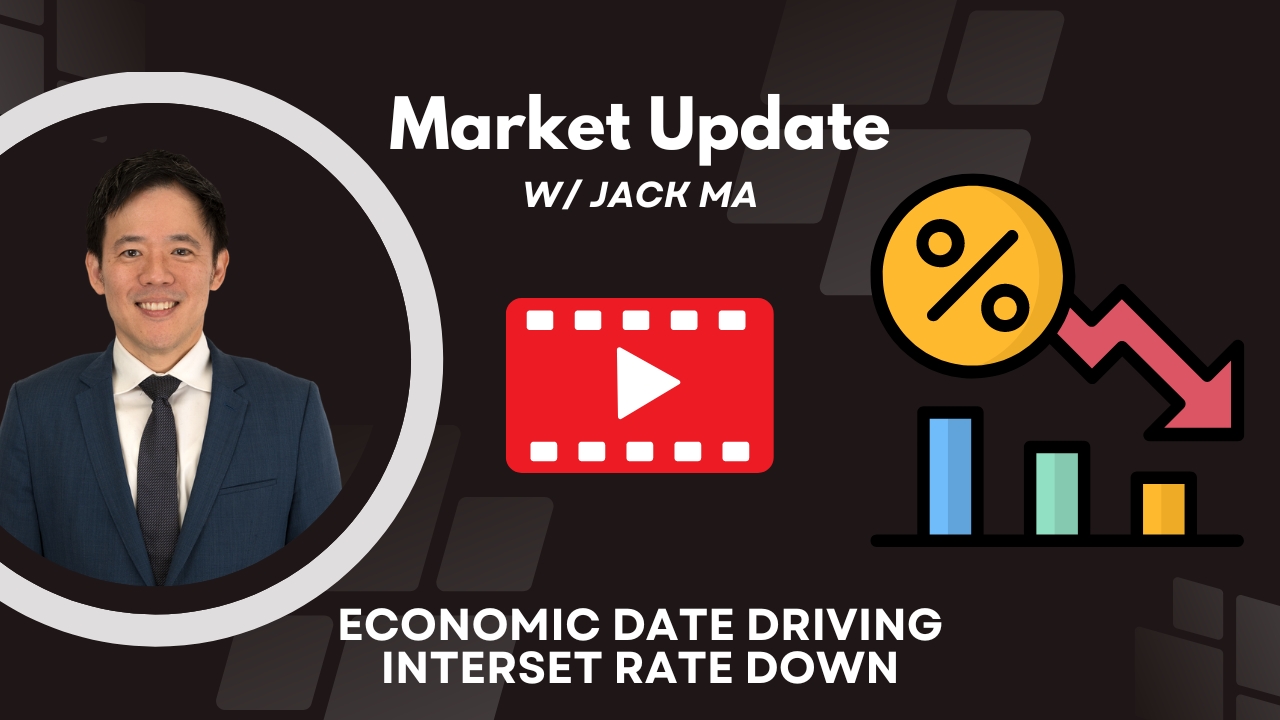Two years on, and interest rates are still the talk of the real estate world. If you’ve been keeping an eye on things, you’ll know that interest rates have been on the rise since April. There were three points in April when mortgage rates hit 7.5%, the highest since December 2023.
Spring Real Estate Market: A Slowdown
This rise has put a damper on the usually bustling spring season. High interest rates mean pending sales are sluggish, similar to what we saw in April 2023. The uncertainty surrounding interest rates, along with global economic factors, has caused many investors to hold onto their cash. They’re waiting to see what happens with the stock market, 10-year treasury bonds, or mortgage-backed securities if long-term economic issues arise.
Why Did Interest Rates Rise?
But why did interest rates go up despite the Fed talking about three rate cuts last year? The answer is in the data. The Fed has said their decisions on interest rates are data-driven. Investors have been closely scrutinizing this data. So, what happened in April?
The three peaks in interest rates coincided with three key data releases:
- The Consumer Price Index (CPI) for March was higher than expected.
- Retail sales in March were higher than what the Fed wanted to see.
- GDP growth came in at 1.6% instead of the expected 2.5%, raising concerns about stagflation.
Wall Street Reacts
Wall Street panicked. There was speculation that there might not be three rate cuts this year. Some even suggested the Fed might raise rates. And just like that, interest rates jumped.
May Brings a Change
Then came May, and the picture changed. US job openings dropped to 8.5 million, the lowest since 2021. Only 175,000 jobs were created, which was lower than expected, pushing unemployment up to 3.9%. This week, the Consumer Price Index came in as expected, and retail sales were flat, performing worse than expected. These trends are what the Fed likes to see. Additionally, during their last meeting, the Fed was more dovish, insisting there is no stagnation and they’re still looking to cut rates this year. As a result, interest rates dropped to 6.99% as of May 16th.
Impact on Buyers
This is huge for buyers. For example, if a buyer wants to make a 20% down payment and keep their monthly payment at $3,000, at 7.5%, they could afford a $540,000 house. With the rate dropping to 7%, they can now afford a $567,000 house—a 5% increase in purchasing power.
Impact on the Market
If this trend continues, we’ll likely see demand rise, followed by an increase in supply. However, demand will probably still outpace supply. For buyers, now is the time to take advantage of the dropping interest rates and increased purchasing power. It gives you more leverage in bidding wars and opens up more options at higher price points.
For sellers, with demand increasing and supply lagging, the market will shift even more in your favor, allowing for better negotiation terms or prices.
Conclusion
As the real estate market navigates these fluctuations in interest rates, it’s crucial for both buyers and sellers to stay informed and agile. Understanding how these changes impact your purchasing power or selling strategy can make a significant difference in your real estate decisions. Whether you’re looking to buy your dream home or sell your property for the best possible price, keeping an eye on interest rate trends and market conditions will be key to your success in 2024.



